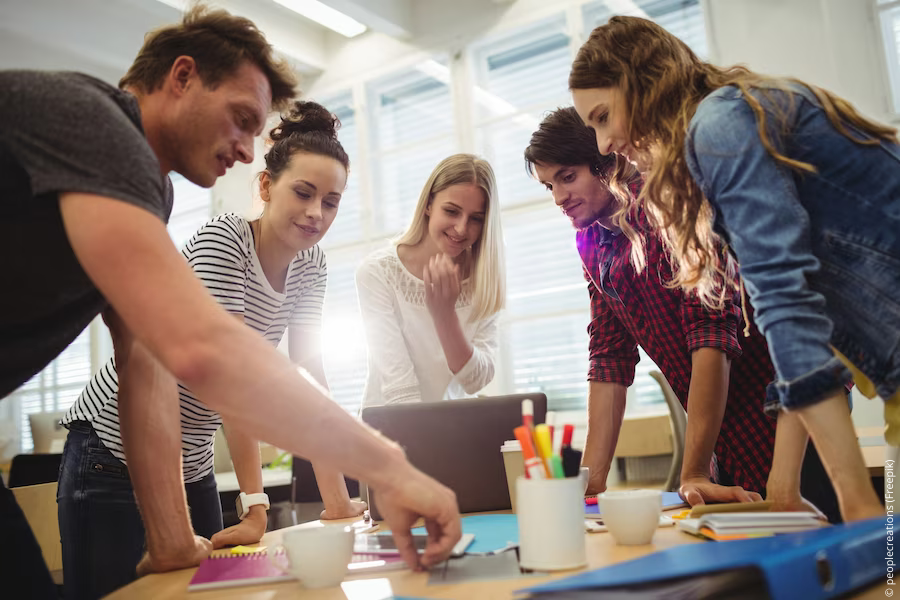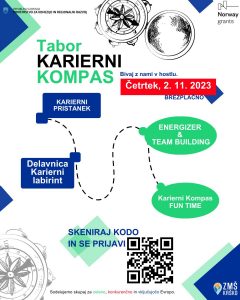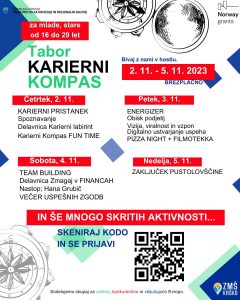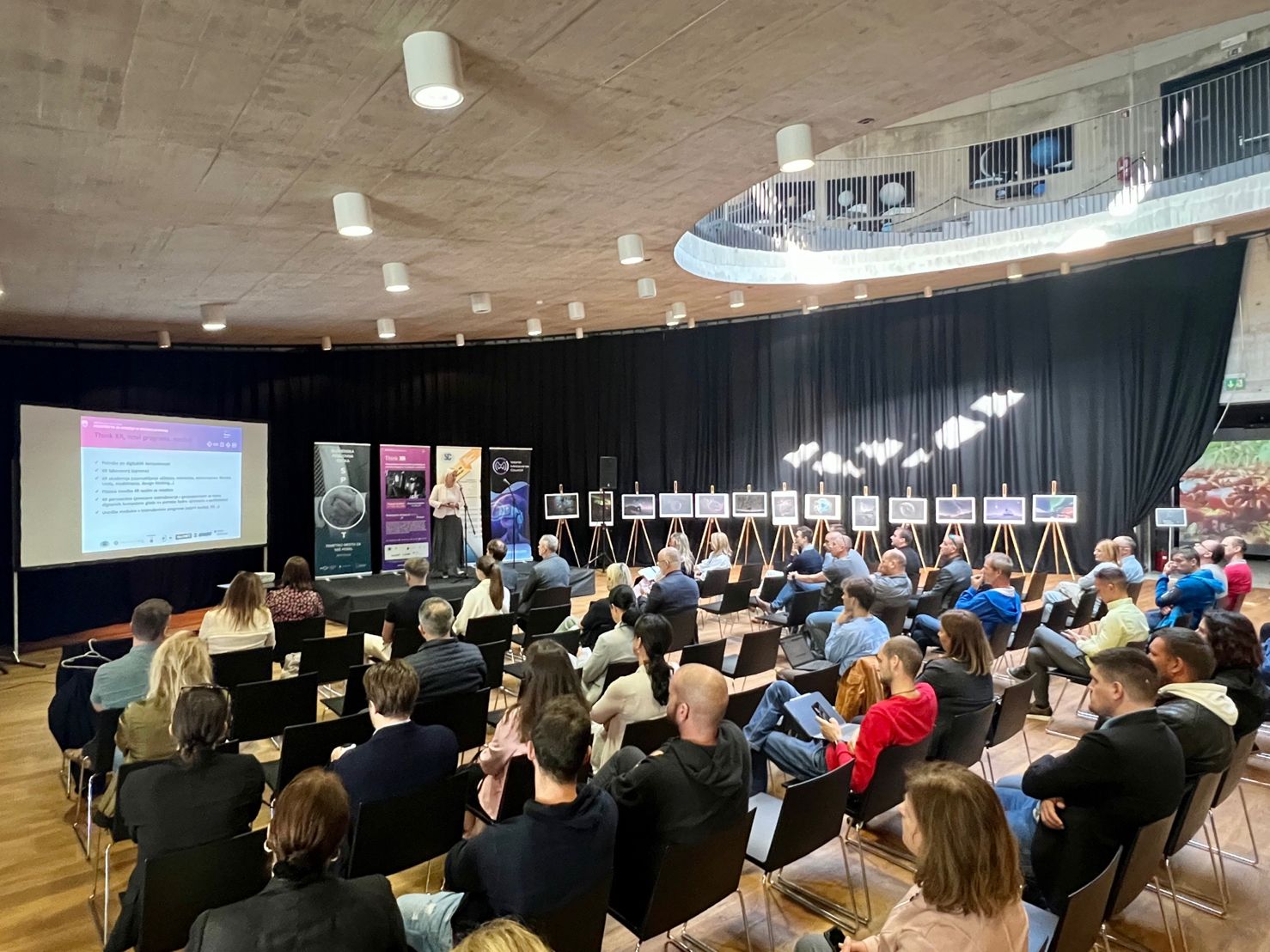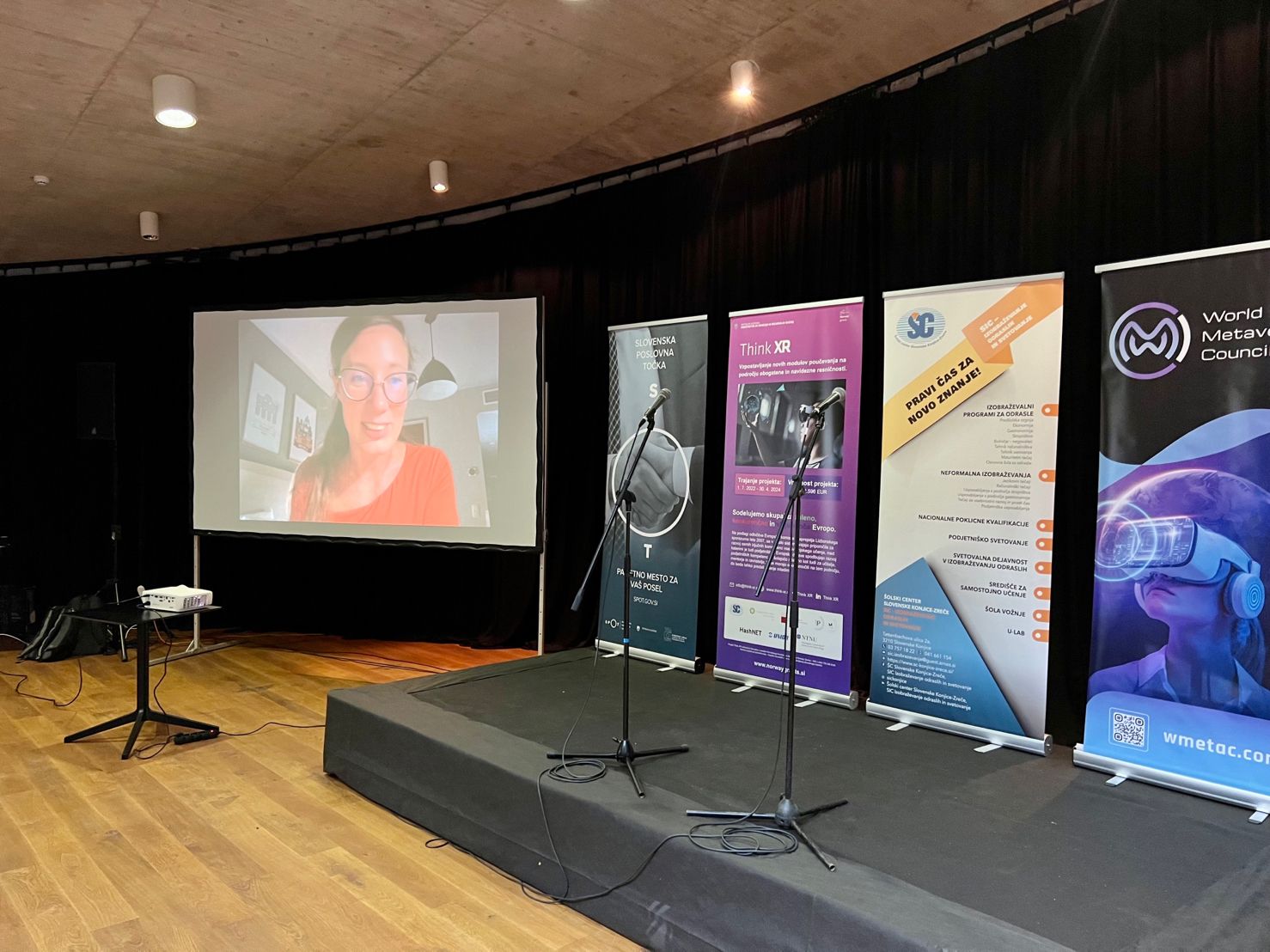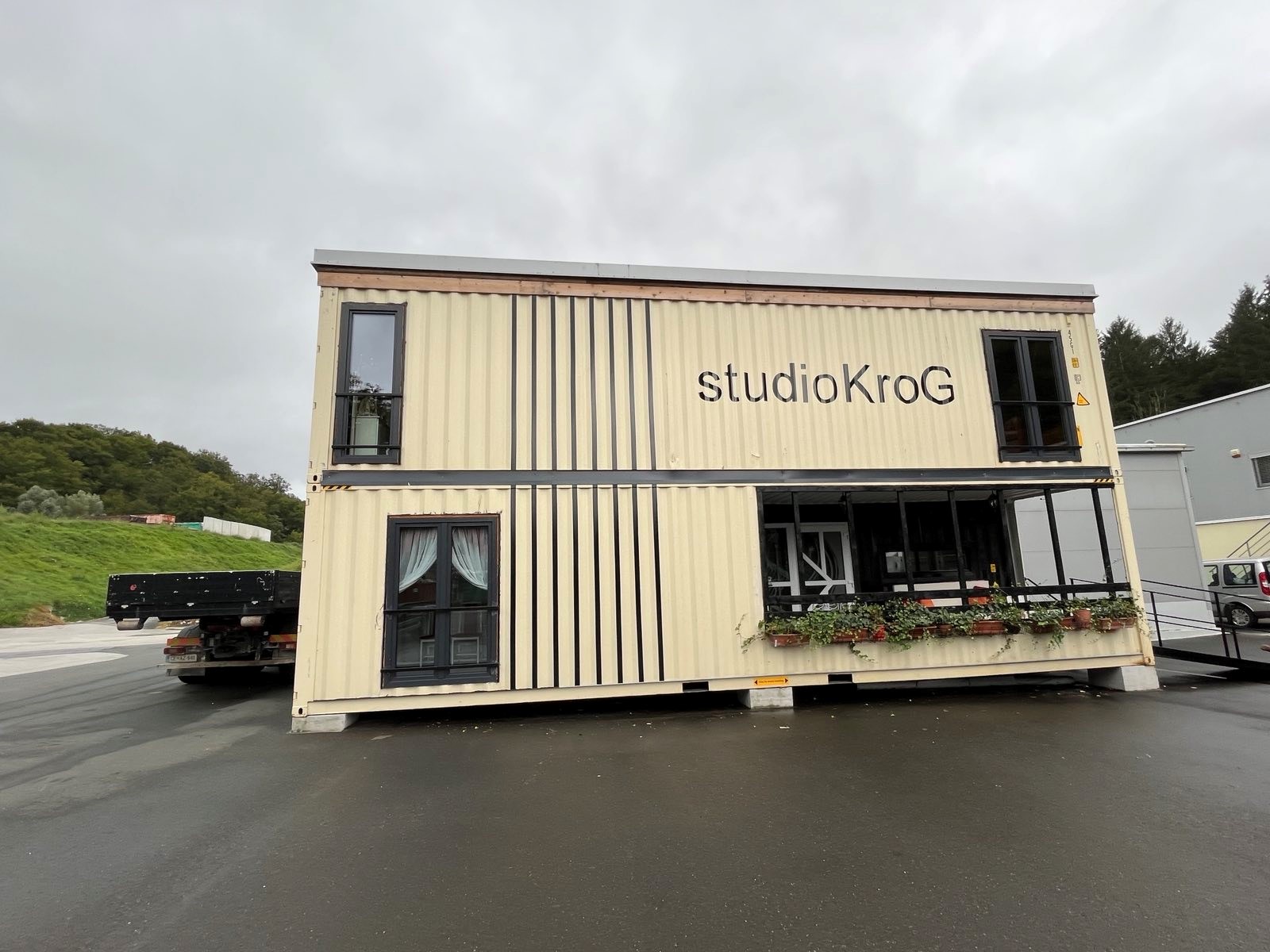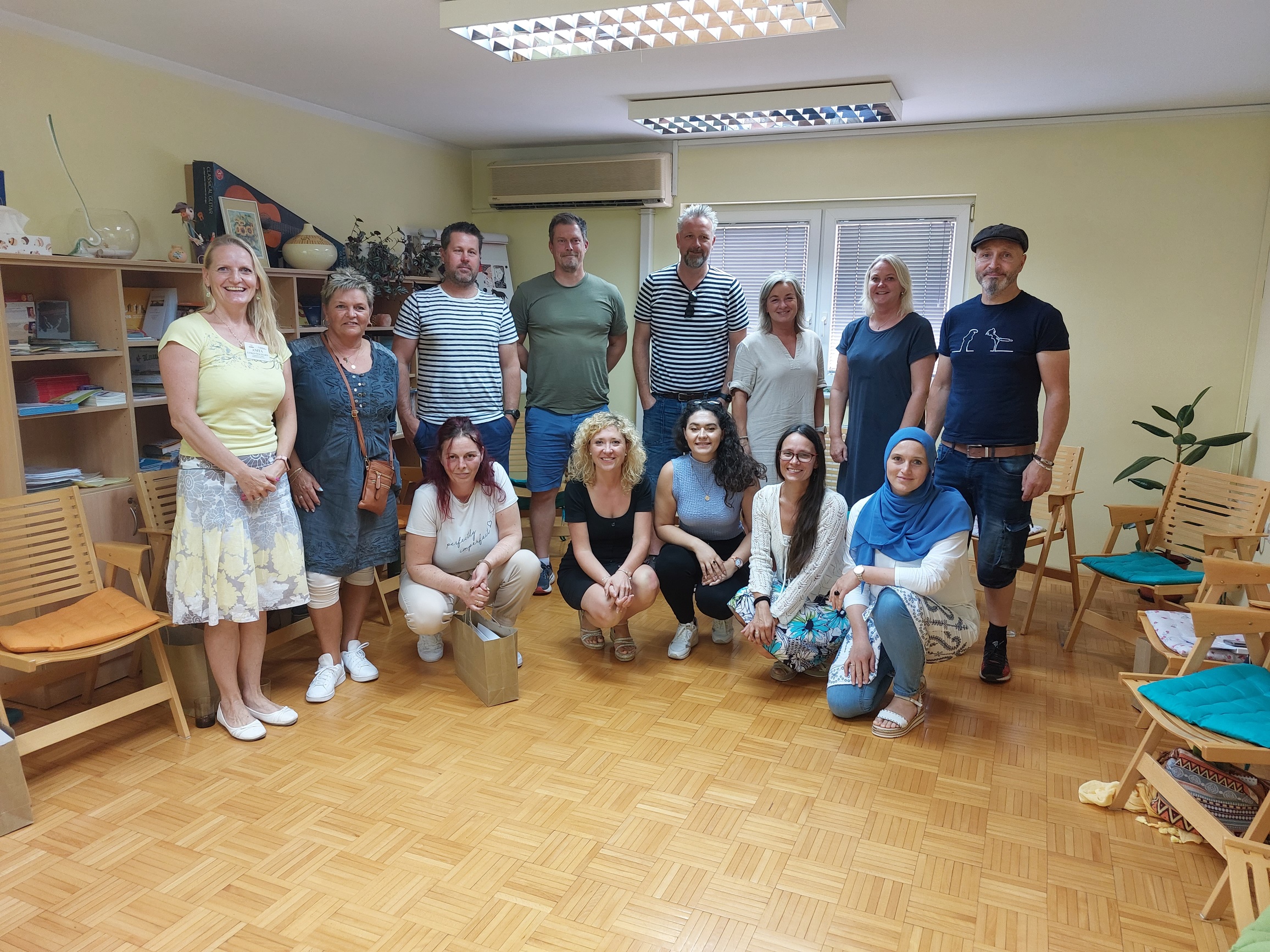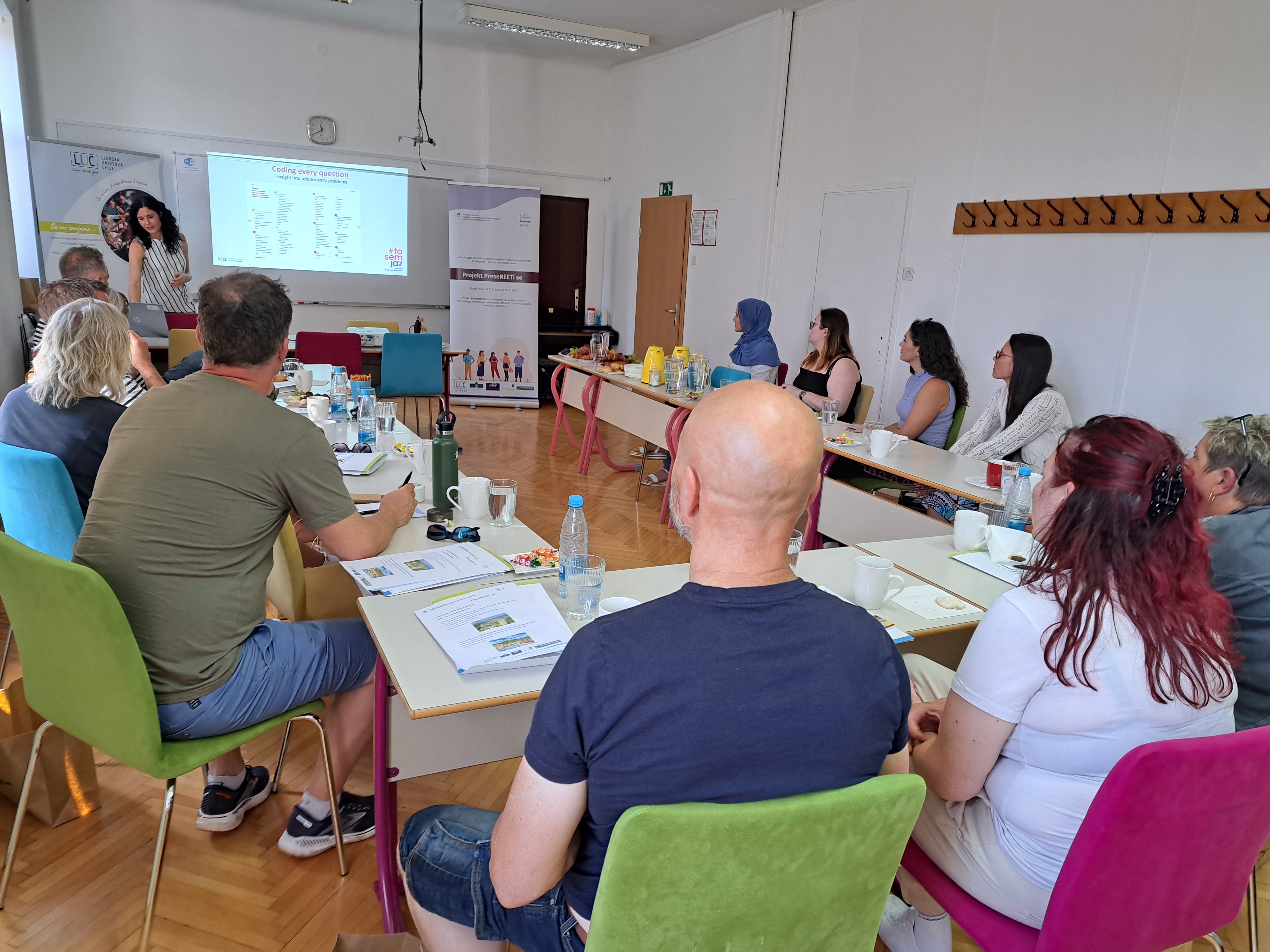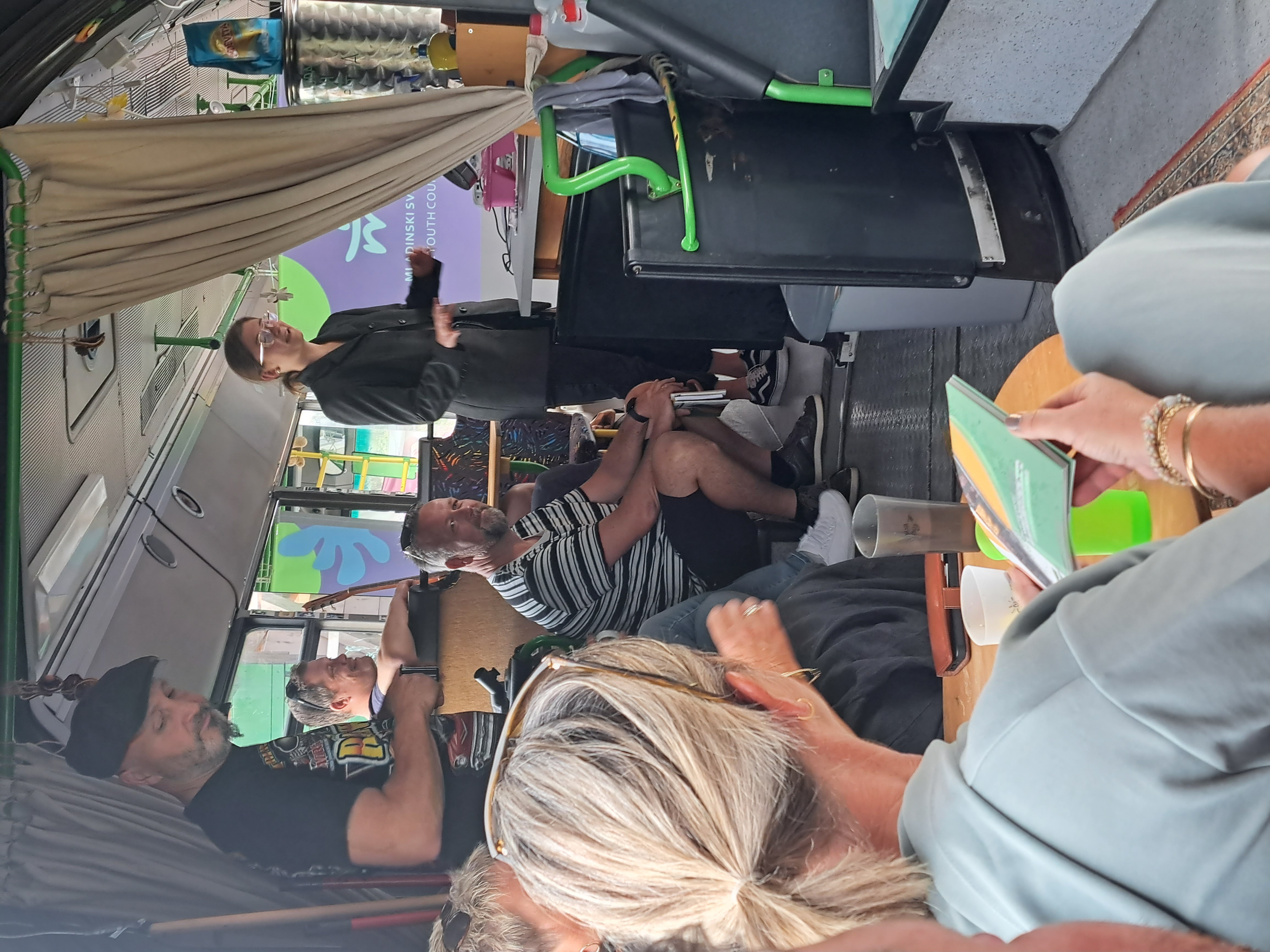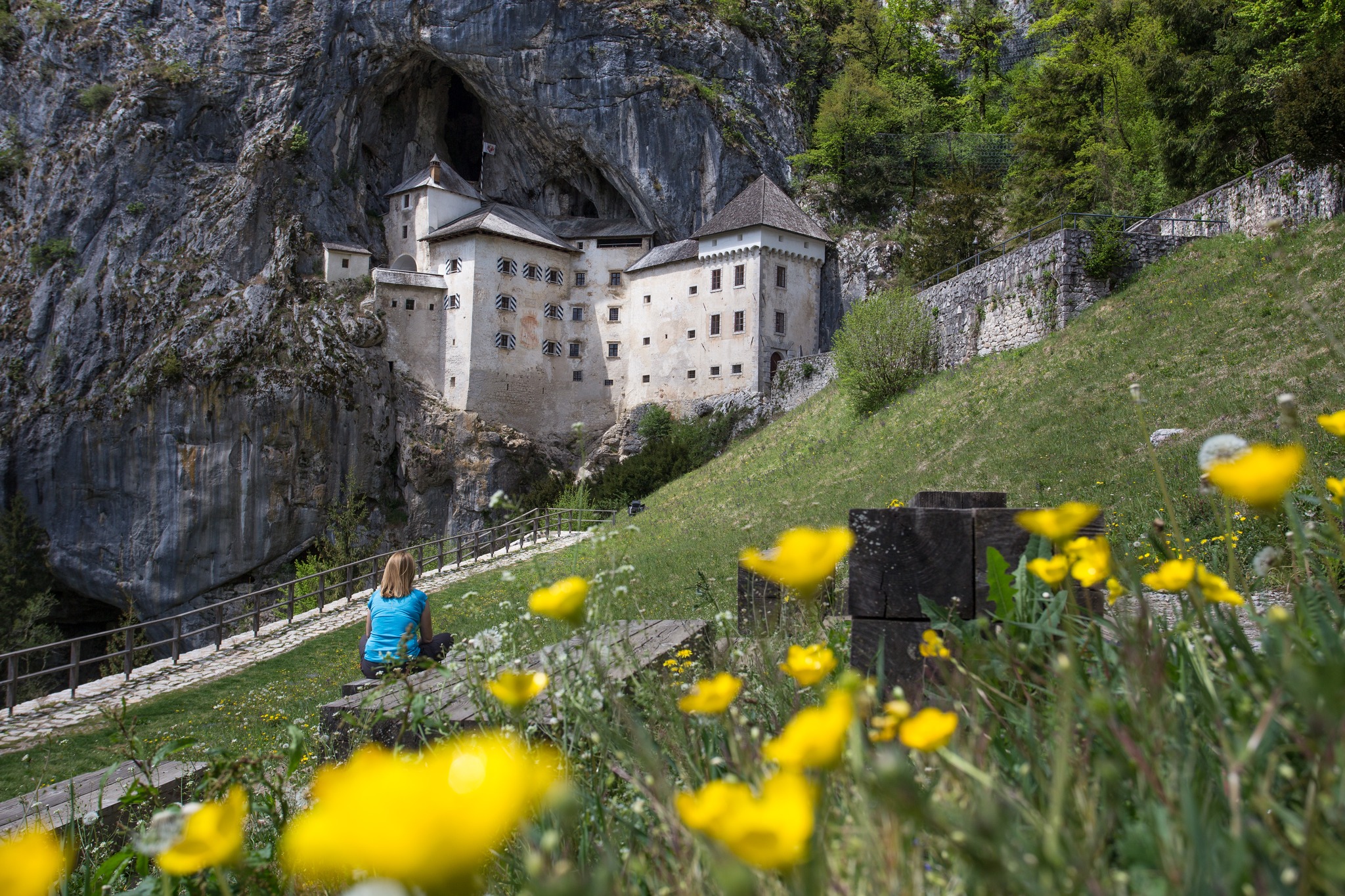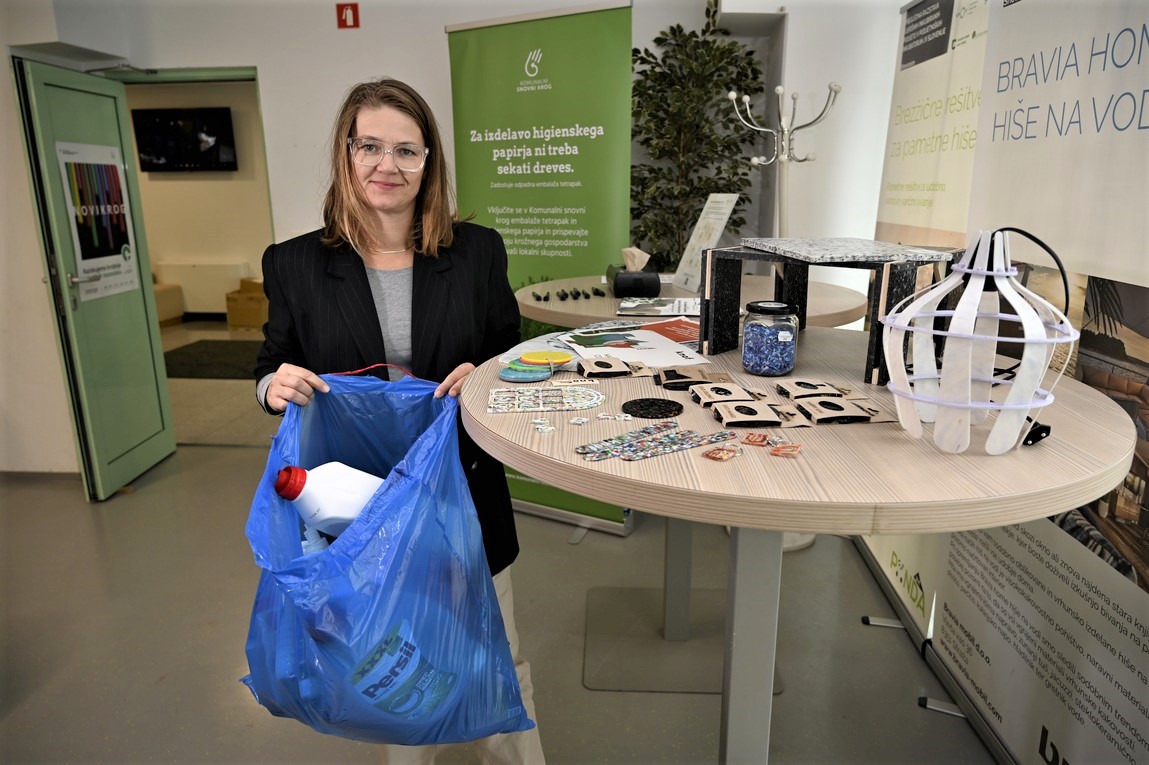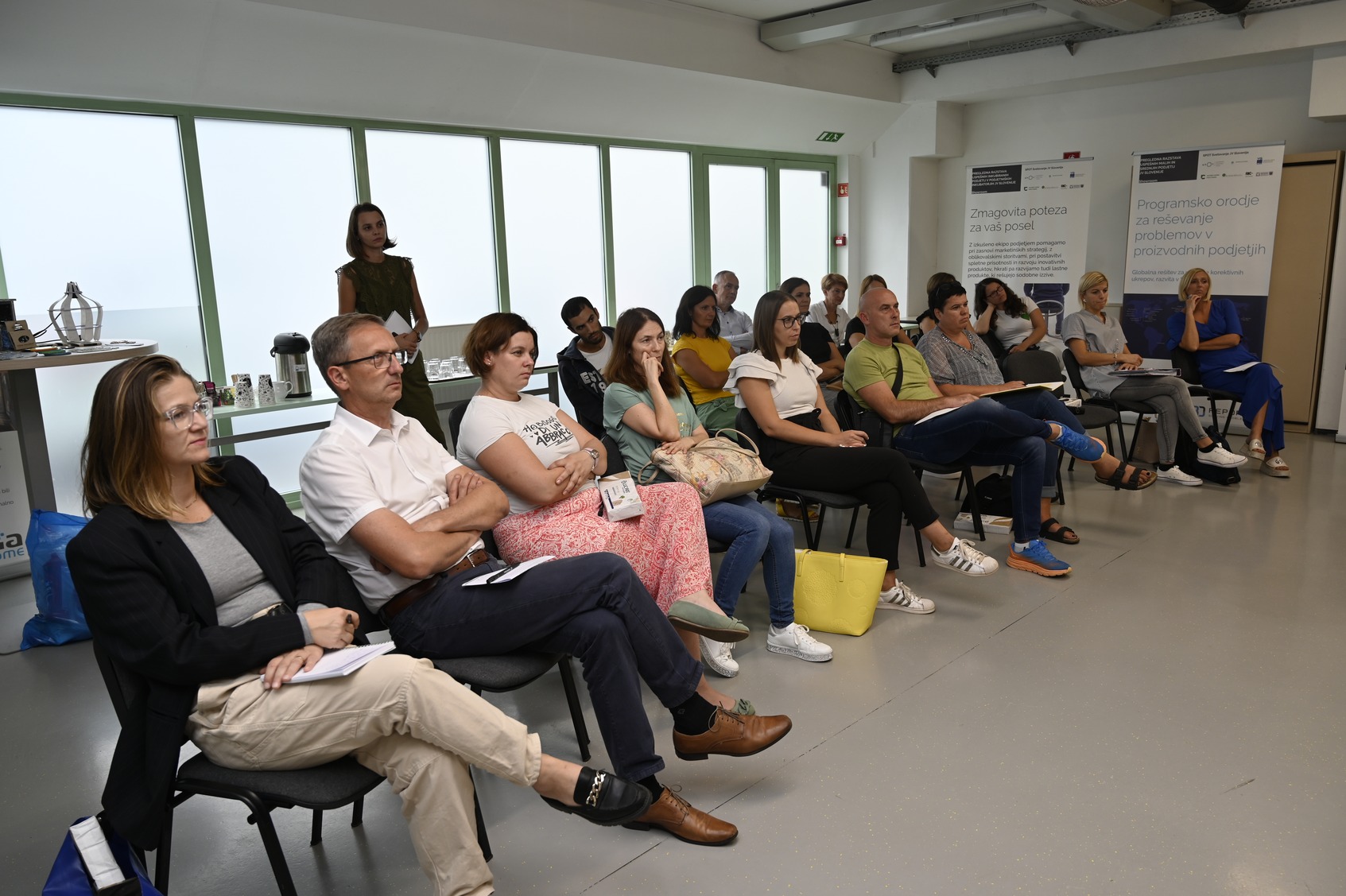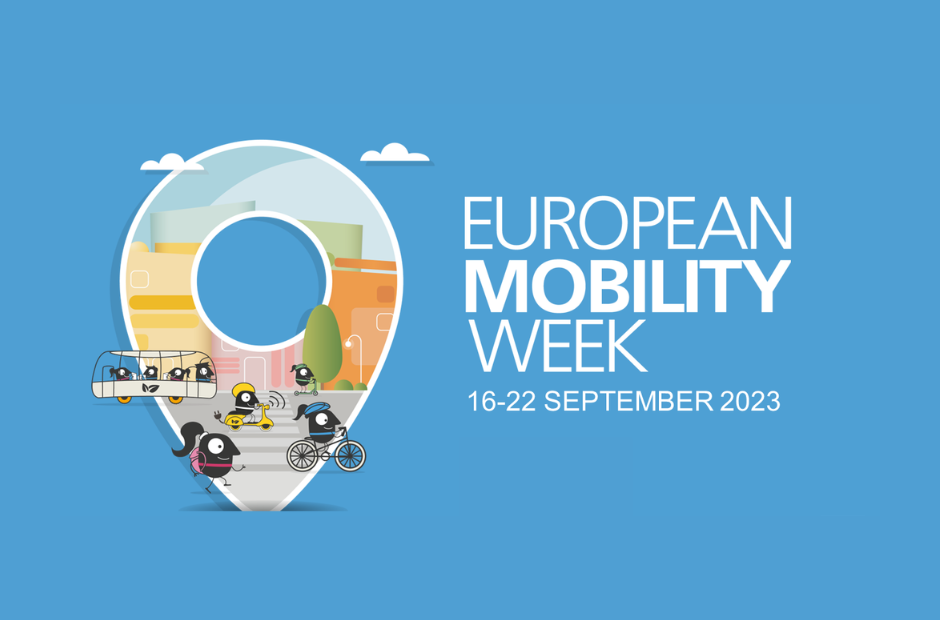6 October 2023 – The autumn season brings fresh opportunities for learning, career development, and innovation in various sectors. Within projects supported by the EEA and Norway Grants, a diverse range of free educational programs and workshops are prepared to take place in the coming months. These unique opportunities are designed for various target groups and cover a variety of topics, such as XR technology, career development, sustainable mobility, and support for education professionals working with individuals with autism.
XR Academy – Free Training in XR Technologies
Within the Think XR project, they invite you to a free training program in the field of XR (Extended Reality) technologies. The aim of this education is to train students and interested individuals who will be capable of working independently in the development of augmented and virtual reality projects, 3D design, video games, digital twin design, the Metaverse, and the use of XR technologies. The program will cover the following learning modules:
- Introduction to XR Technologies
- 3D Modeling and 3D Printing
- Unity Development for Augmented and Virtual Reality Projects
- User Experience (UX) and Design Thinking
Participants who successfully complete the course will have the opportunity to join the XR community network, which will provide training to high school students, college students, and interested individuals in the areas mentioned as part of the Think XR project. The education is free for participants, as it is funded by the Think XR project. The training, comprising approximately 40 hours, will be conducted in an intensive format, likely over several consecutive weekends, starting on October 12, 2023. Applications are being accepted until October 10, 2023.
More information about the XR Academy is available here.
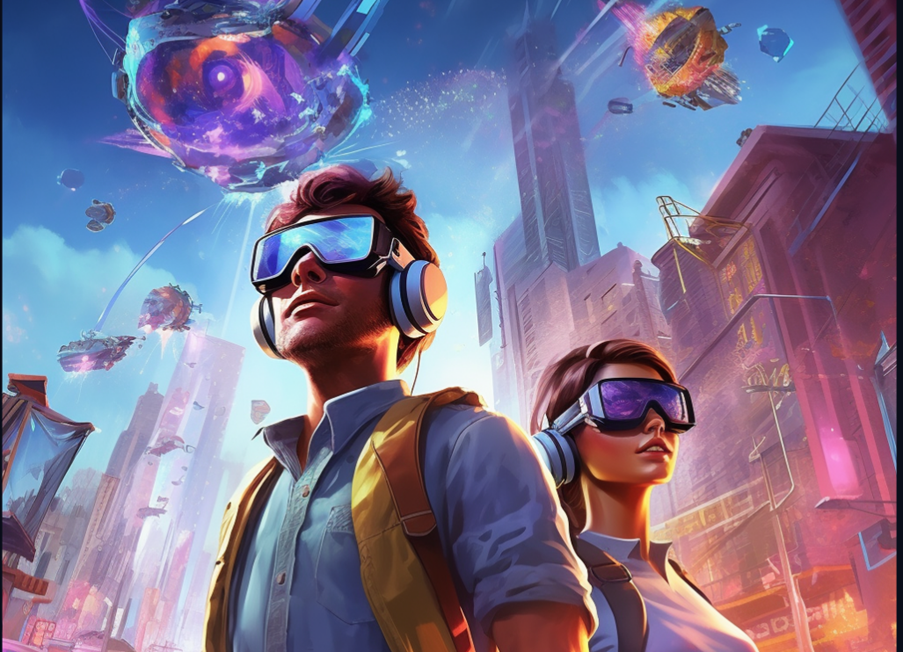
The Think XR project is focused on developing a curriculum and new teaching modules in the field of augmented and virtual reality. This project, supported by the Norway Grants, involves the School Center Slovenske Konjice – Zreče as the project promoter and project partners including Technology Park Ljubljana, Faculty of Electrical Engineering of University of Ljubljana, University of Primorska, HASHNET, Unior Forging Industry, and the Norwegian University of Science and Technology.
Career Compass Camp
In the Posavje region, an exceptional opportunity is on the horizon for young people who wish to explore their career potentials and prepare for a successful entry into the world of work and education. The Career Compass Camp, organized as part of the Career Center Posavje project, will take place from November 2nd to 5th. It presents an opportunity for young people aged 16 to 29 who want to explore their career potentials and develop key skills for a successful future. Through various workshops, lectures, and visits to different companies, young participants will gain insights into various career options, develop communication skills, and build self-confidence and independence.
The camp will be held from November 2nd to 5th at the ZMŠ Krško Youth Hostel. To participate in the camp, please fill out the application form.
More information is available here.
The partners of the Career Center Posavje project are striving to improve access to education, mentoring, and career counselling. This project, supported by the Norway Grants, involves the Regional Development Agency Posavje as the project promoter and project partners including the Center for Youth and Sport Krško, Institute of Adult Education Krško, Regional Chamber of Craft and Small Business Krško, Krško Municipality, and Collective Innovation AS from Norway.”
SmartMOVE: Free Workshops on Sustainable Mobility for Companies
This autumn, SmartMOVE project is launching a series of free workshops where experts from different fields will present in an interesting and dynamic way key topics and opportunities for employers and employees to contribute to a more sustainable mobility, with great benefits for everyone, the community and the environment. The following workshops will be organized:”
- 11 October 2023: Introduction to Sustainable Mobility Implementation and Management in Businesses (Webinar)
- 25 October 2023: Parking Management and Optimized Car Use (Webinar)
- 8 November 2023: Business Mobility Management: Benefits for Employees, the Environment, and Business (Webinar)
- 22 November 2023: Health Aspects of Employee Mobility (Webinar)
- 18 January 2023: Best Practices and Experiences in Sustainable Mobility Management in Businesses and Institutions (In-Person Event)
By attending at least three of these educational sessions, you will receive a certificate of participation. You can register for your chosen sessions here. For more information, please visit www.smart-move.si or www.zds.si.
Invitation to a Series of Free Workshops for Companies on Sustainable Mobility (in Slovenian).
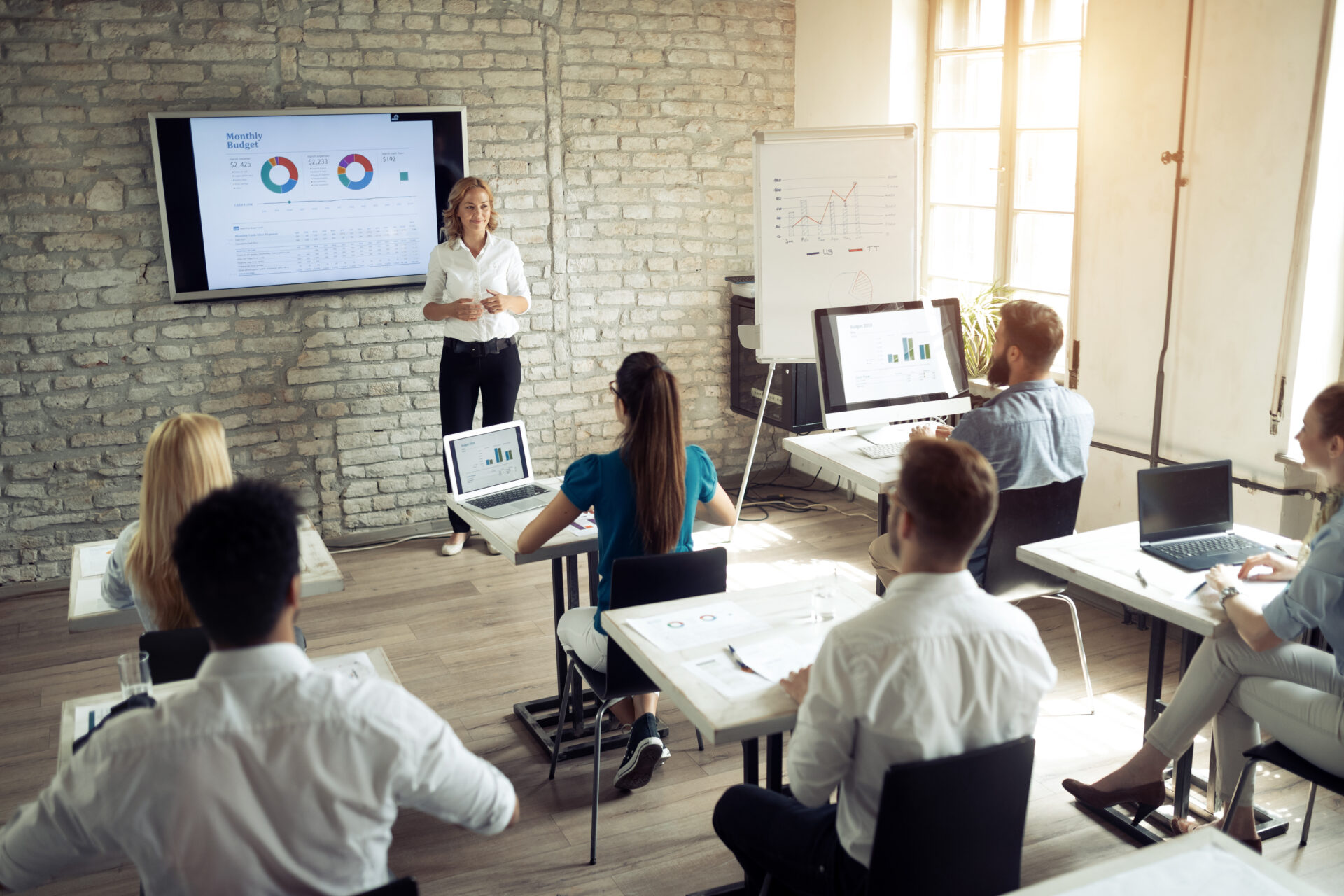
The SmartMOVE project addresses the challenge of sustainable mobility in high-traffic areas, specifically in the Ljubljana Urban Region (LUR) with the capital city of Ljubljana, which is the primary destination for daily migration flows in Slovenia. The SmartMOVE project, supported by the EEA Grants, involves the Regional Development Agency of the Ljubljana Urban Region as the project promoter and project partners Jožef Stefan Institute, Institute for Spatial Policies, Urban Institute of Ljubljana, Association of Employers of Slovenia, GoOpti, Center of Energy Efficiency Solutions and the Norwegian Nordland Research Institut.
VIS A VIS: A Model of Support for Employees in Education and Teaching
As part of the VIS A VIS project, they have developed a model that aims to develop new teaching and learning practices for the work and life of individuals with autism. This is done through the exchange of best practices among Slovenian project partners in collaboration with their Norwegian partner. With the support model, they provide a framework for implementing this support into daily practice for all stakeholders and decision-makers. The training programs are designed for principals, professionals in preschool education, primary education, music education, secondary education, boarding schools, higher vocational education, and higher education.
You can apply for various training sessions here.
More information is available here.
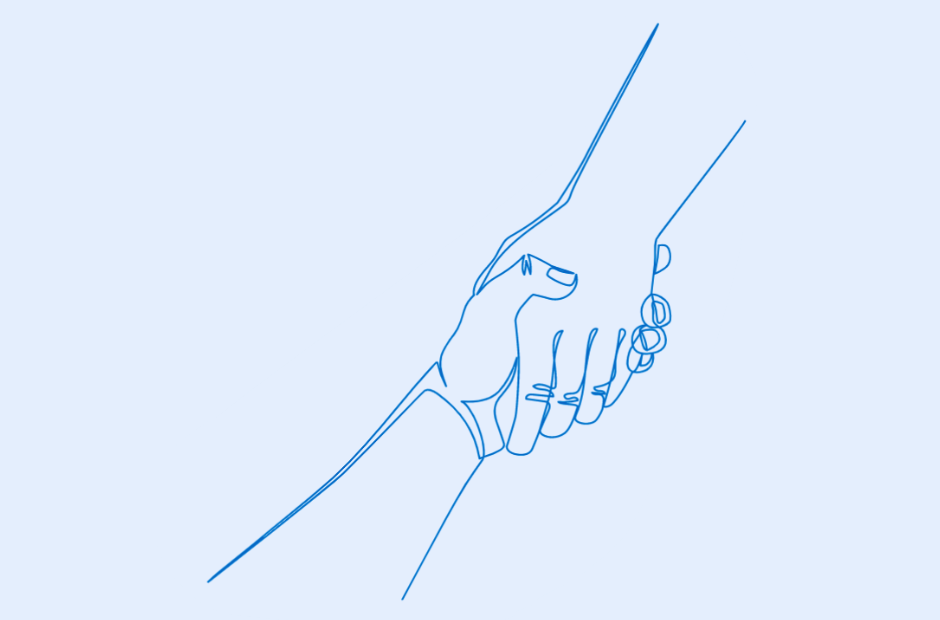
The VIS A VIS project aims to improve the conditions for learning and employability of individuals with autism at all levels of education and employment. The project, supported by the Norway Grants, involves Association of Non-Governmental Organizations for Autism in Slovenia as the project promoter and project partners Šentprima – institute for rehabilitation and education, Alma Mater Europaea – European center Maribor, Elementary School Kozara Nova Gorica, MIK international trading and manufacturing company, Ltd and Norwegian Fjæran-Granum’s Top Competence Service.
Heritage School for the New Generations: Workshop for Enhanced Inclusion of Cultural Heritage in Teaching Elementary School Subjects
As part of the Heritage School for the New Generations project, the second workshop for the inclusion of cultural heritage in elementary school teaching will take place on Wednesday, October 25, 2023, in the learning laboratory in Škofja Loka. Principals, teachers, and guidance counsellors from elementary schools are invited to attend.
The workshop aims to present the skills of renewal, professional knowledge, craft professions, and manual skills as important competencies for employment opportunities in the 21st century. It will also introduce draft lesson plans and new approaches for enhanced inclusion of cultural heritage in the regular teaching process in elementary schools.
For more information, please visit this link.
You can find the workshop program here.
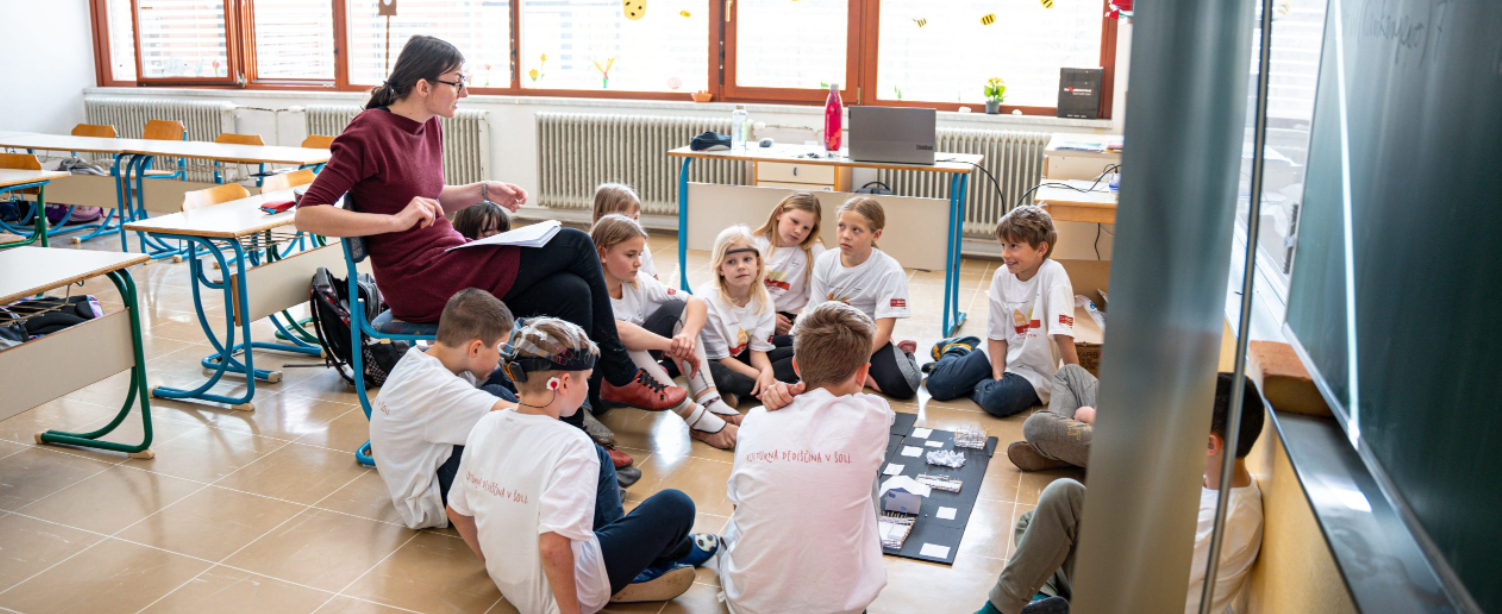
As part of the Heritage School for the New Generations project, they are developing and testing new teaching practices for various subjects in elementary schools using examples of cultural heritage and the application of renewal skills within the school environment. This project, supported by the Norway Grants, involves the Association of Historic Towns of Slovenia as the project promoter and project partners University of Primorska, Institute for the Protection of Cultural Heritage of Slovenia, Elementary School Ivan Grohar, Municipality of Škofja Loka, MAGMA Geopark AS from Norway, and the School Center Škofja Loka.
